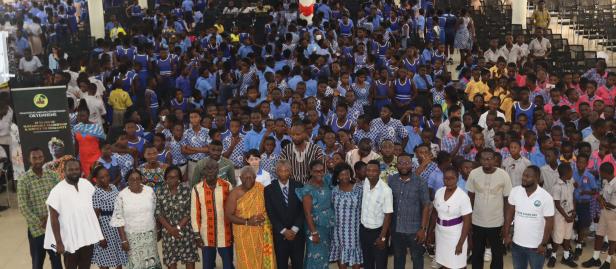2010 Population & Housing Census Report - Non-monetary Poverty in Ghana

2010 Population & Housing Census Report - Non-monetary Poverty in Ghana
February 20, 2014
Using data from the 2010 Population and Housing Census, this study analyses non-monetary poverty in Ghana based on the Multi-dimensional Poverty Index (MPI). The first two chapters of the study provide a general background to the definition and the challenges of measuring poverty, and the rationale and objectives of the study.
In particular, Chapter 2 focuses on the use of non-monetary deprivation indicators to study poverty, and some of the indices that they have been used including the United Nations Development Programme (UNDP)-inspired measurements: Human Development Index (HDI); Inequality-adjusted Human Development Index (IHDI); Gender Inequality Index (GII) and Multi-dimensional Poverty Index (MPI). Chapter 2 also discusses the limitations of the non-monetary poverty approach as well as the justification for the use of the approach, and concludes that their use should be seen as complementary to the existing income poverty measurements.
Highlights
- The largest contributor to non-monetary poverty in Ghana is education, and specifically, household deprivation in primary school completion. This raises critical questions regarding access to education and the impact of non-formal education to poverty reduction and national development.
- The overall Multi-dimensional Poverty Index (MPI) national incidence of poverty was estimated at 42.7 percent. This is higher than the national income poverty measurement of 28.5 percent derived from the GLSS 5 in 2006. Also, the poverty incidence for each region was higher than the regional estimation from the income poverty measurement.
- With the exception of the Greater Accra Region, the incidence of MPI poverty was overwhelmingly higher in rural areas compared to urban areas. The contribution of rural deprivation to national poverty was estimated at 72.3 percent, but higher for the three northern regions: Upper West Region (92.6%); Upper East Region (87.3%) and; Northern Region (80.8%).

 Locations
Locations

